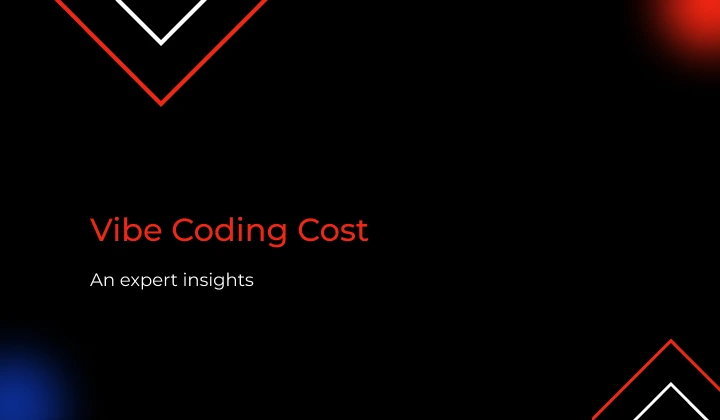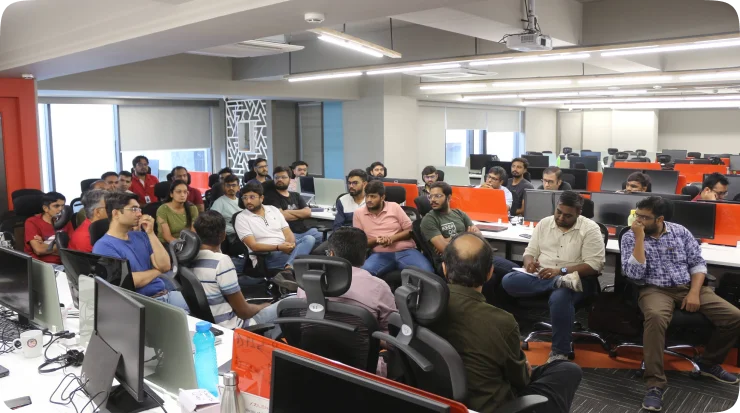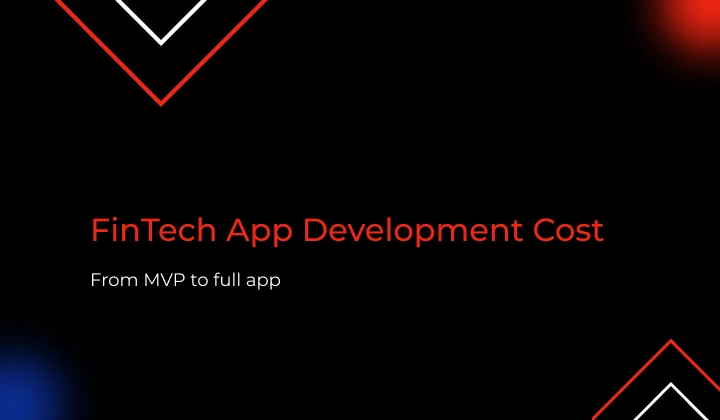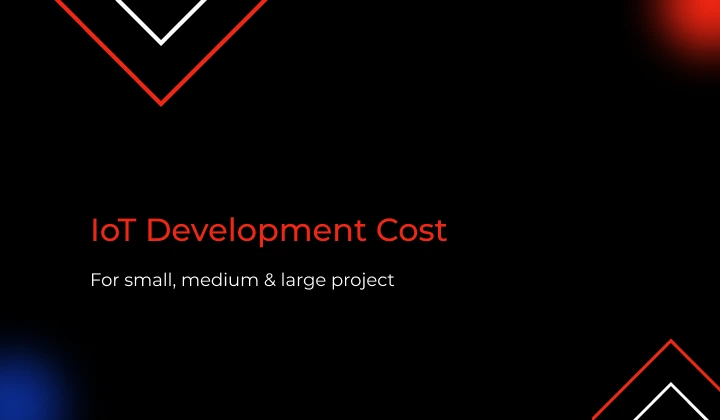Everyone wants to ship faster.
Cursor. Copilot. Replit. Tools that promise code at lightning speed. The world calls it “vibe coding”: that rush when AI writes your functions, your PRs go green, and you feel like velocity is the new brilliance.
We’ve seen this pattern pop up in teams everywhere.
You start vibing. Things move fast. The dopamine hits every time code compiles and a feature goes live. The demo looks smooth. Stakeholders nod. Cost metrics look lean.
Then the aftermath begins.
A few sprints later, the architecture starts creaking. That auto-generated code, elegant on day one, begins to resist scale. The AI helpers that once wrote boilerplate start producing inconsistent logic. Repositories grow messy. Modules overlap. Integration tests fail in patterns nobody can explain.
And the team that once celebrated speed now spends its days “debugging the illusion of progress.”




 26 mins
26 mins








 Talk to Our
Consultants
Talk to Our
Consultants Chat with
Our Experts
Chat with
Our Experts Write us
an Email
Write us
an Email







